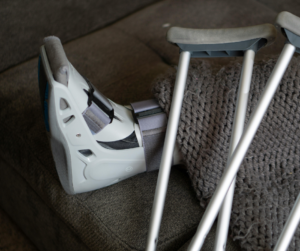In the realm of healthcare, certain conditions tend to grab the spotlight more than others. Heart disease, for instance, commands significant attention due to its prevalence and potentially severe consequences. Yet, nestled within the complex web of cardiovascular health lies another condition that often goes underrecognized: vascular disease. Unlike heart disease, vascular disease affects arteries throughout the body, including those in the feet. This underlines the crucial role of podiatrists as the first responders for identifying and addressing vascular issues.
Vascular disease encompasses a range of conditions characterized by the narrowing or blockage of blood vessels. It can manifest in various forms, including peripheral artery disease (PAD), deep vein thrombosis (DVT), and chronic venous insufficiency (CVI), among others. While these conditions differ in their etiology and presentation, they share a common trait: they often present with symptoms in the lower extremities. This is where podiatrists play a pivotal role.
Podiatrists, or foot doctors, are highly trained medical professionals specializing in the diagnosis and treatment of foot and ankle conditions. What sets them apart in the realm of vascular health is their unique position to detect early signs of vascular disease, during routine foot examinations. Unlike other healthcare providers who may primarily focus on cardiac or general health assessments, podiatrists possess specialized knowledge of the foot’s intricate vascular system.

The feet serve as a window to the body’s overall health, and podiatrists are adept at recognizing subtle signs that may indicate underlying vascular issues. For instance, they may observe diminished pulses, skin discoloration, temperature changes, or non-healing wounds, common indicators of compromised blood flow. By conducting thorough examinations and employing advanced diagnostic techniques podiatrists can swiftly identify vascular abnormalities and initiate appropriate interventions.
In practice, patients who exhibit risk factors for vascular disease, such as diabetes, hypertension, smoking, or a sedentary lifestyle, are encouraged to schedule regular foot examinations with a Podiatrist.
By proactively monitoring foot health, Dr. Rappette of Foot & Ankle Centers can identify warning signs early on and intervene promptly, thereby reducing the risk of serious complications.









